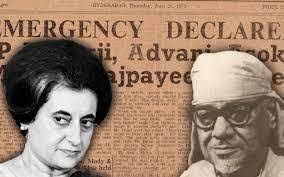Case Name: Central Bureau of Investigation vs Anupam J. Kulkarni
Citation: 1992 AIR 1768, 1992 SCR (3) 158, 1992 SCC (3) 141
Court: Supreme Court of India
Bench: Justice K. Jayachandra Reddy, Justice A.M. Ahmadi
Date of Judgement: 8 May 1992
Abstract
Case of Central Bureau of Investigation (CBI) v. Anupam J. Kulkarni is a significant judgement in Indian criminal procedure law. It involves the interpretation of Section 167 of the Code of Criminal Procedure, 1973 (CrPC), which deals with the process when a person is arrested and detained by the police.
Background
The case originated from the abduction of four diamond merchants and their driver in September 1991. The CBI took over the investigation and arrested Anupam J. Kulkarni on October 4, 1991. After being remanded to judicial custody, the police sought his custody for further investigation, leading to a series of legal proceedings.
Key Observations and Conclusions
1. Constitutional and Legal Framework: Emphasized the need to produce arrested individuals before a magistrate within 24 hours and not detain them without authority.
2. Detention in Police Custody: Highlighted that police custody should only be allowed in exceptional circumstances and for limited purposes.
3. Procedure under Section 167 CrPC: Clarified the authorization of detention by a magistrate for the first 15 days, with subsequent remands in judicial custody.
4. Bar on Police Custody after Fifteen Days: Prohibited detention in police custody after the initial 15 days, regardless of additional offenses that may emerge.
5. Different Case Arising out of a Different Transaction: Allowed police custody if an accused is involved in a distinct case from the original one.
6. Computation of Periods: Stipulated that time periods for investigation and custody start from the magistrate’s order, not the date of arrest.
Conclusion
The Supreme Court’s judgement in Central Bureau of Investigation v. Anupam J. Kulkarni sets clear guidelines for remanding accused individuals to police custody. It underlines the importance of protecting the rights of individuals in custody and placing limitations on police detention power. This case establishes a crucial precedent in Indian criminal procedure law, especially regarding provisions on police and judicial custody.
Author: Amaan Hashmi
College: Jims (I.P University)



